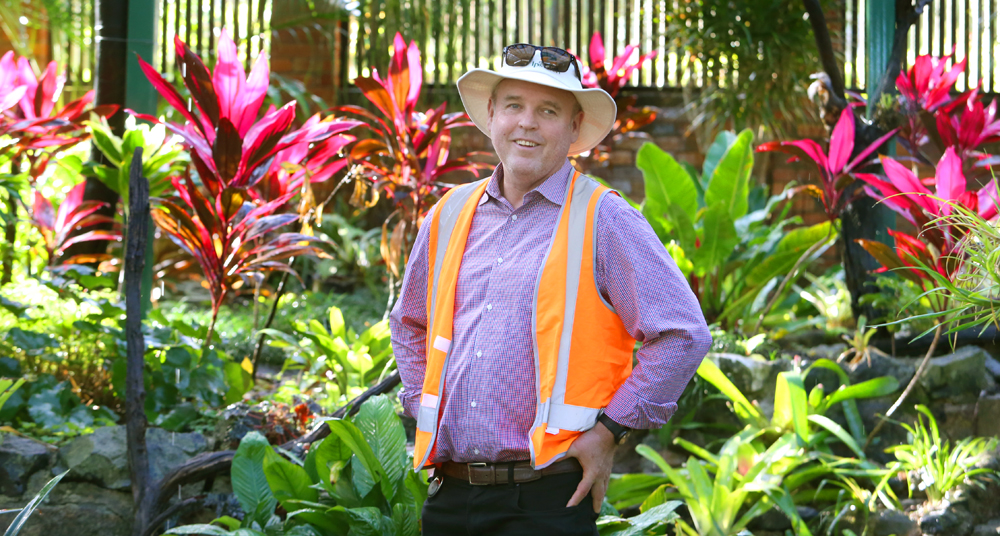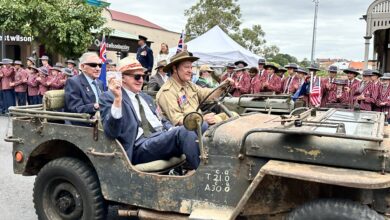
James Hilyard is Ipswich City Council’s Infrastructure and Environment Department, City Maintenance manager.
James is a horticulturalist, arborist and holds a master’s degree in sustainability.
In this month’s column, James talks about what the coming La Nina means for your garden, and how you can prepare.
La Nina is coming.
La Nina is part of a natural weather cycle that means increased rainfall, cooler daytime temperatures and greater cyclone numbers.
The wettest years on record occurred during the strong 2010–2012 and 1974 La Nina events.
Generally, this weather pattern is good news for gardeners and farmers.
For now, Ipswich gardens are looking a bit parched.
In the last 12 months Ipswich has received 567mm of rain which is 16 per cent less than an average year.
In September we only received 5.7 mm instead of the average 24mm so the city is looking pretty dry at the moment, especially for spring.
But according to the Bureau of Meteorology rain is on the way.
So what should we be doing as gardeners to prepare for a wet summer?
I have a few ideas…
Gardener’s La Nina checklist

Drainage
- Walk around your garden and check your drains and grates. Make sure they are free from leaves and silt. Clean out any drains and rake back mulch and leaf litter to ensure they don’t get washed in and block the inlets. Check that the pipes are not blocked and if they are, unblock them yourself or call a plumber. Tree roots could also be a problem so you may need a specialist.
- Check your gutters and down pipes too, after a long dry spell they can quickly become clogged and blocked, maybe this weekend is the time to install some leaf guards?
- If you are doing any landscaping make sure that all surfaces drain away from your house, concrete slabs and paving are obvious but even turf and gardens should divert any surface water away from your house.
- If you can raise your garden beds up and dig your paths or borders down, that will provide extra drainage.
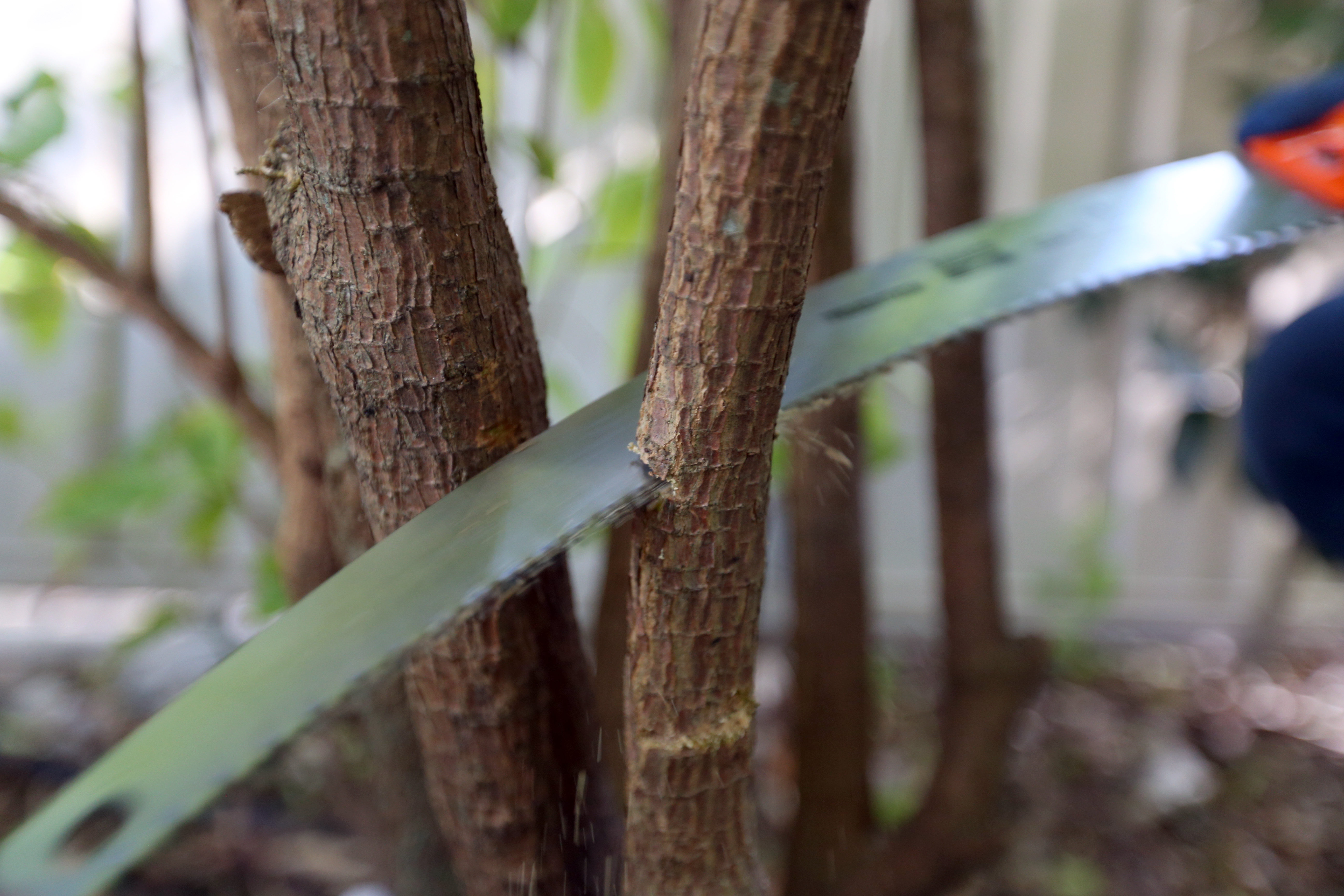
Pruning
- Have a look at your tree canopy. Check how close they are to powerlines. The minimum clearance of vegetation around powerlines is 1.5 metres. Ladders, chainsaws and powerlines are a very dangerous combination. Unless you are an experienced arborist I would recommend you get professional help in any situation where your health and safety is at risk. Pole saws are really handy for this type of work but make sure you know how to angle your cuts so the limbs fall in the direction you want them to. Also check any trees around your house. Look for dangerous limbs that could cause damage to home or property. Again, if in doubt call in the professionals and make sure your trees are safe and healthy.
- Regular pruning will help maintain airflow for vegetable and shrubs and help reduce fungal infections. Also, keeping bushes trimmed back will reduce wind resistance which will maximise the stability of your trees.
- Protect your home by clearing away dead branches
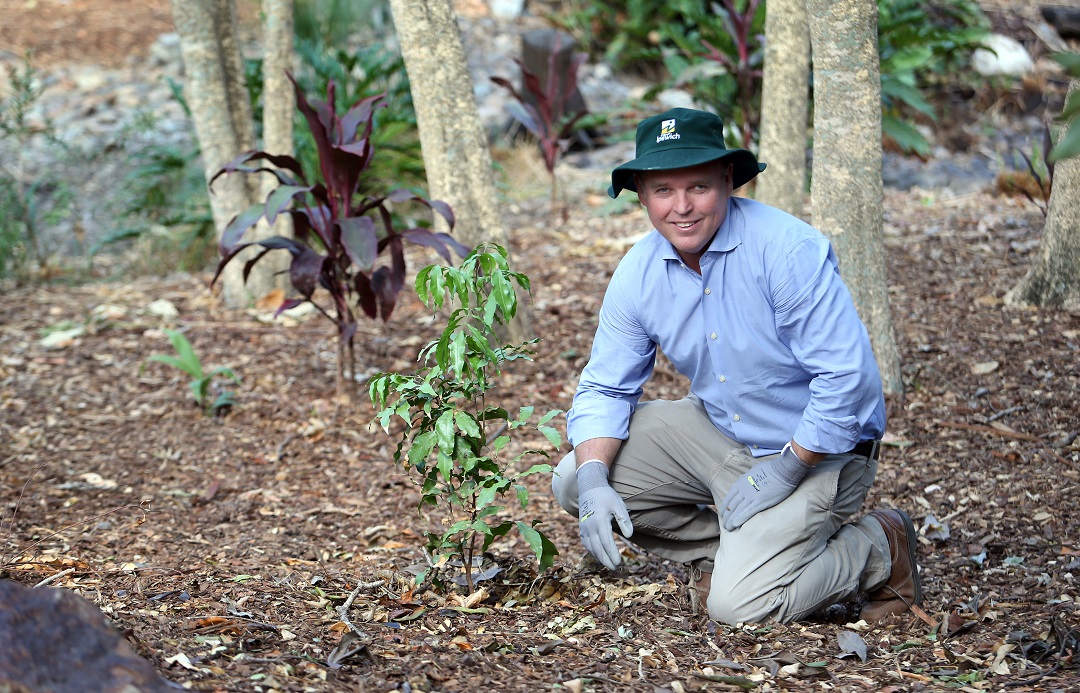
Mulch
- Properly laid mulch will protect your plants from drying out in the heat and reduce the amount of watering you need to do.
- It helps to absorb moisture more evenly, make it harder for weeds to grow and it makes your garden beds look well maintained.
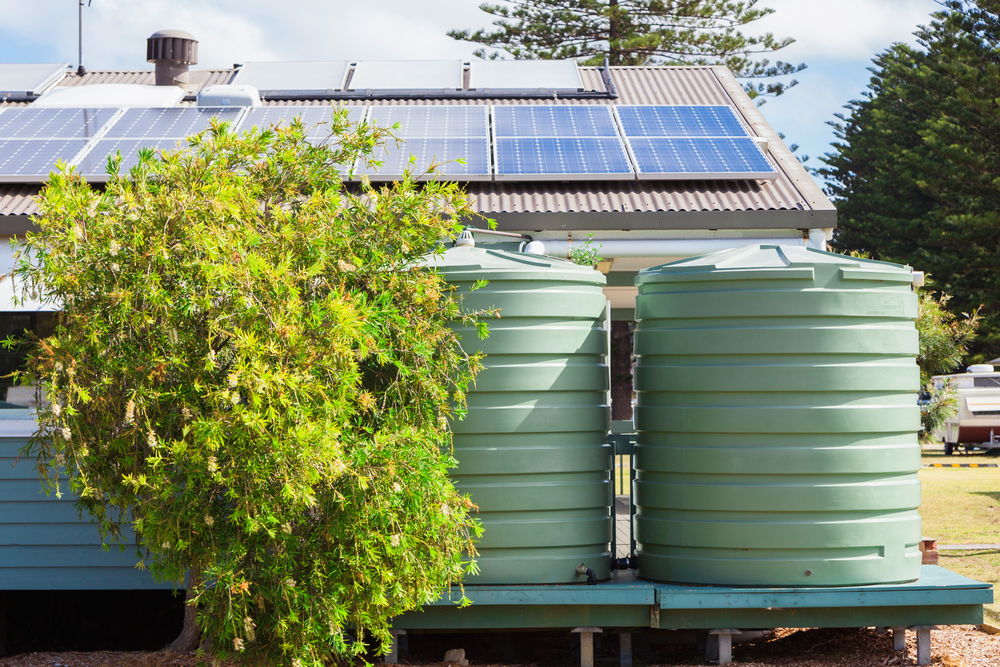
Water tank
- Now is the best time to install a rainwater tank if you don’t have one already.
- Capturing rainwater helps reduce water bills, provides an alternative supply of water and helps you to maintain a green, healthy garden. Not to mention the environmental benefits of reducing dependence on mains water and reducing the impact of stormwater runoff in your suburb.
- If you are looking to install a tank, these are some guidelines to help you think about where it would be best placed in your yard.
Side and rear property boundaries:
- Round rainwater tanks can be positioned within 1.5 metres of the side and rear property boundaries providing the tank is no higher than 2.4 metres above natural ground level, no wider than 3.5 metres and there is sufficient distance between the tank and fence for ongoing maintenance.
- Slimline rainwater tanks can be positioned within 1.5 metres of the side and rear property boundaries providing the tanks are no higher than 2.4 metres above natural ground level, no longer than 5 metres (facing the boundary) and allows sufficient distance between the tank and the fence for ongoing maintenance. Front property boundaries
- Rainwater tanks can be positioned within 6 metres of any road frontage property boundary, providing they do not exceed 1 metre in height.
For more information on Ipswich City Council requirements for rainwater tanks click here. https://www.ipswich.qld.gov.au/__data/assets/pdf_file/0005/32486/af_b0046.pdf
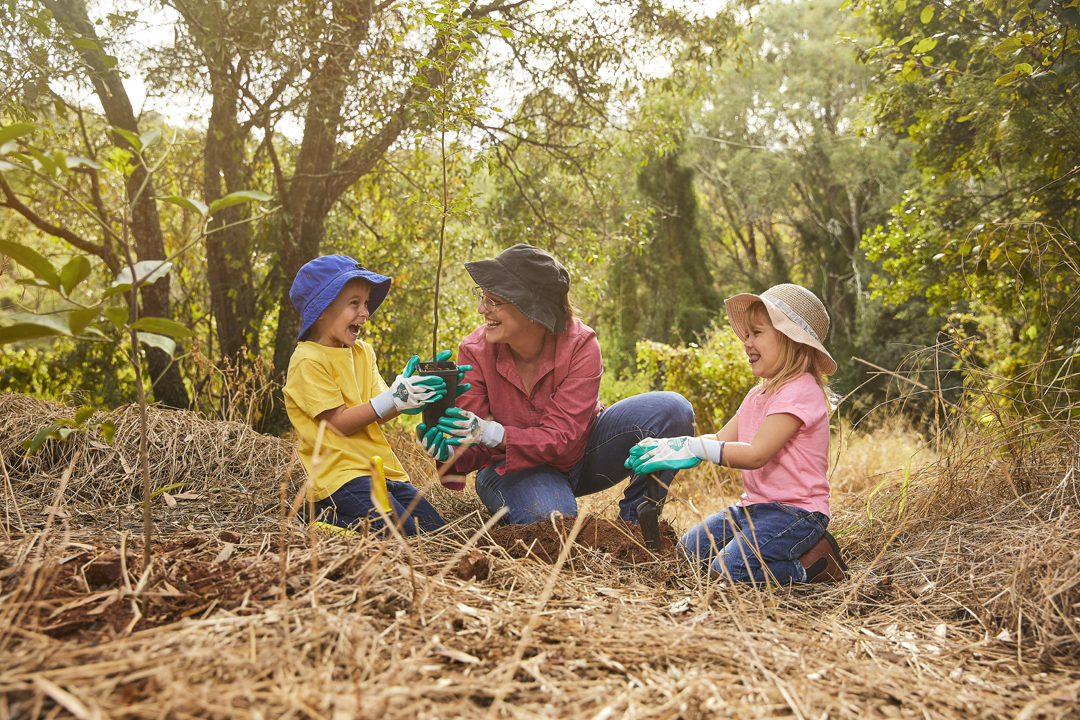
Plant now
- Right now is a really good time to plant anything in the garden as you are going to get all this rain to help establish the plants and help them grow.
- Look for areas of heavy clay soil that may get waterlogged. If a plant or trees leaves start to go yellow and its sitting in waterlogged soil it may have ‘wet feet’. This is where the roots are waterlogged and can’t take up nutrients. Natives are especially prone to this. You need to either raise the plant in the hole it is planted in or drain and add drainage to the area, or plant a more tolerant species.
Don’t forget to turn off your automated sprinkler system. At the end of the wet, it is also a good idea to replace those nutrients with a good fertiliser as we move into autumn.
We are all looking forward to smelling those first drops of summer rain, but be careful this spring and summer it might be a case of being careful what you wish for.

